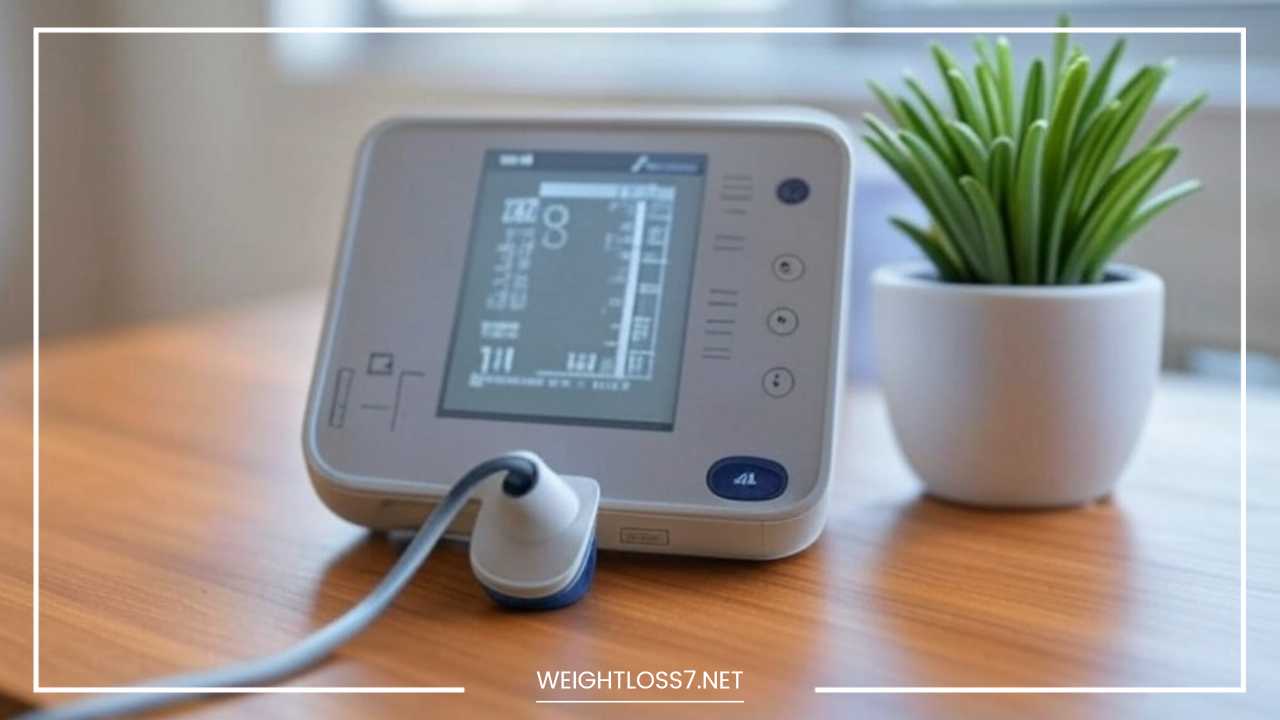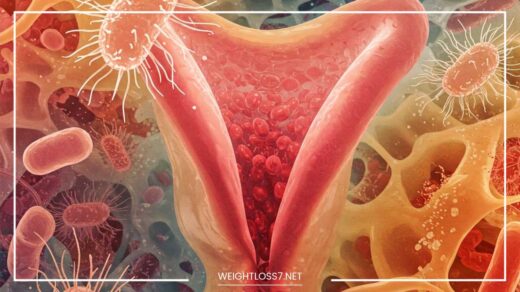How to Manage Blood Pressure Naturally

Manage Blood Pressure Naturally
How to Manage Blood Pressure Naturally: A Comprehensive Guide
High blood pressure, also known as hypertension, is a common yet serious health condition affecting millions of people around the world.
Left unmanaged, it can lead to severe complications such as heart disease, stroke, and kidney damage.
While medications are often prescribed to treat high blood pressure, there are a variety of natural methods that can help lower and control blood pressure levels without relying solely on pharmaceuticals.
Adopting a healthy lifestyle that includes balanced nutrition, physical activity, stress management, and other key habits can greatly benefit those with high blood pressure, providing a foundation for long-term health and well-being.
In this comprehensive guide, we will explore several natural approaches to managing blood pressure and reducing the risks associated with hypertension. These tips are designed to be practical, sustainable, and easy to incorporate into daily life.
1. Eat a Heart-Healthy Diet
One of the most powerful tools in managing blood pressure is a healthy, nutrient-rich diet. Certain foods can either raise or lower blood pressure, so making smart choices is essential.
Among the most well-regarded eating plans for those with hypertension is the DASH Diet (Dietary Approaches to Stop Hypertension), which emphasizes a balanced intake of fruits, vegetables, whole grains, lean protein, and low-fat dairy, while limiting sodium, processed foods, and unhealthy fats.
Key Aspects of the DASH Diet
- Fruits and Vegetables: These are the cornerstone of the DASH diet. Aim to include a variety of colorful produce in your meals, as they are rich in vitamins, minerals, and fiber, all of which contribute to better heart health. Leafy greens (such as spinach and kale) and berries (such as blueberries and strawberries) are particularly beneficial.
- Whole Grains: Unlike refined grains, which have been stripped of their nutrients, whole grains retain fiber, which helps regulate blood sugar levels and support healthy digestion. Brown rice, oats, quinoa, and whole wheat bread are excellent choices for improving cardiovascular health and reducing blood pressure.
- Lean Protein: Protein is an essential nutrient for muscle repair and overall health. However, not all protein sources are created equal. Opt for lean cuts of meat (such as skinless poultry), fish, and plant-based proteins like beans, lentils, and tofu. Fish rich in omega-3 fatty acids, such as salmon and mackerel, can also help lower blood pressure.
- Low-fat Dairy: Dairy products are a good source of calcium, which is crucial for maintaining healthy blood pressure. Choose low-fat or fat-free options to avoid excess saturated fat. Skim milk, yogurt, and cheese are all beneficial choices when consumed in moderation.
- Limit Sodium: High sodium intake is a major contributor to elevated blood pressure. Processed foods, restaurant meals, and canned goods are often packed with excess sodium, so it’s important to read food labels carefully. Aim for less than 2,300 milligrams of sodium per day, with an ideal target of 1,500 milligrams for individuals with hypertension or at high risk.
Additional Tips for a Heart-Healthy Diet:
- Incorporate potassium-rich foods: Potassium can help balance the effects of sodium in the body. Foods such as bananas, avocados, spinach, and sweet potatoes are great sources of potassium.
- Cut back on unhealthy fats: Avoid trans fats and limit saturated fats found in foods like fried items, fatty cuts of meat, and full-fat dairy. Instead, focus on healthy fats from sources like olive oil, nuts, and avocados.
2. Exercise Regularly to Lower Blood Pressure
Regular physical activity is another key component of managing high blood pressure naturally. Exercise helps improve heart function, promotes circulation, and reduces stress, all of which contribute to lowering blood pressure.
Engaging in aerobic exercises such as walking, swimming, cycling, and jogging can have a significant impact on both short-term and long-term blood pressure levels.
Recommended Exercise Guidelines
The American Heart Association (AHA) recommends that adults aim for at least 150 minutes of moderate-intensity exercise per week, or 75 minutes of vigorous-intensity exercise.
This can be broken down into shorter sessions of 10-15 minutes spread throughout the day. For instance, a brisk 30-minute walk five days a week can have a profound effect on reducing blood pressure.
Types of Exercise to Incorporate:
- Aerobic Exercise: These are exercises that get your heart rate up and improve cardiovascular health. Walking, running, biking, and swimming are all excellent choices. Studies show that even moderate-intensity aerobic exercise can reduce systolic blood pressure by 4-9 mm Hg.
- Strength Training: While aerobic exercise is essential for heart health, strength training can also play a role in lowering blood pressure. Include exercises that target major muscle groups (such as squats, lunges, push-ups, and weightlifting) 2-3 times per week. This helps improve muscle strength, metabolism, and overall fitness.
- Flexibility and Relaxation Exercises: Incorporating practices like yoga, tai chi, and stretching into your routine can help reduce stress, improve flexibility, and lower blood pressure. These exercises have been shown to have calming effects on the nervous system, which can directly contribute to lowering blood pressure.
Starting Slow and Staying Consistent:
If you’re new to exercise, start slowly and gradually build up the intensity and duration of your workouts.
Consistency is key, so try to incorporate exercise into your daily routine, whether it’s a morning walk, a lunchtime bike ride, or evening stretching before bed.
3. Maintain a Healthy Weight
Carrying excess weight, particularly around the abdomen, can increase your risk of developing high blood pressure.
Losing weight has been shown to lower blood pressure, and even a modest reduction in weight (as little as 5-10% of your body weight) can have a significant impact on your blood pressure levels.
Tips for Achieving and Maintaining a Healthy Weight:
- Combine Diet and Exercise: A balanced approach that includes a healthy diet and regular physical activity is the most effective way to lose weight and keep it off. Incorporate the DASH diet principles and focus on sustainable weight loss rather than rapid, short-term diets.
- Focus on Gradual Changes: Aim for gradual weight loss, aiming to lose 1-2 pounds per week. Rapid weight loss can negatively affect metabolism and increase the risk of regaining lost weight.
- Set Realistic Goals: If you’re aiming to lose weight, set achievable goals that are aligned with your lifestyle and preferences. Start small by committing to healthy habits and gradually increase the intensity or duration of your exercise routine.
- Seek Professional Guidance: Working with a healthcare provider or a registered dietitian can provide personalized guidance on nutrition and weight loss strategies that work best for you.
4. Limit Alcohol Consumption
Excessive alcohol consumption can raise your blood pressure and increase your risk of hypertension. If you drink alcohol, it’s important to do so in moderation.
Alcohol Guidelines for Heart Health:
- Women should limit alcohol consumption to no more than one drink per day.
- Men should limit alcohol consumption to no more than two drinks per day.
One standard drink is equivalent to:
- 12 ounces of beer
- 5 ounces of wine
- 1.5 ounces of distilled spirits
How Alcohol Affects Blood Pressure:
Alcohol can contribute to high blood pressure in several ways. It can raise blood pressure directly, damage blood vessel walls, increase body weight, and contribute to poor sleep.
Reducing or eliminating alcohol can help lower blood pressure and improve overall health.
5. Quit Smoking to Lower Blood Pressure
Smoking is a major risk factor for cardiovascular diseases, including high blood pressure. The chemicals in tobacco damage blood vessels, causing them to constrict, which raises blood pressure.
Quitting smoking is one of the most important steps you can take to improve your cardiovascular health and lower blood pressure.
Benefits of Quitting Smoking:
- Immediate Reduction in Blood Pressure: Within 20 minutes of quitting smoking, your blood pressure begins to drop, and within a few days, circulation improves.
- Long-term Health Benefits: Over time, quitting smoking significantly reduces the risk of heart disease, stroke, and other complications associated with high blood pressure.
Tips for Quitting Smoking:
- Seek Support: Joining a support group or working with a healthcare provider can increase your chances of successfully quitting.
- Consider Nicotine Replacement Therapy (NRT): NRT products like nicotine patches, gum, or lozenges can help reduce withdrawal symptoms and cravings.
- Stay Active: Exercise can serve as a healthy alternative to smoking, helping to reduce stress and improve mood.
6. Manage Stress Effectively
Chronic stress is a well-known contributor to high blood pressure. When you’re stressed, your body releases hormones like adrenaline and cortisol, which temporarily increase your heart rate and constrict blood vessels, leading to a rise in blood pressure.
Learning to manage stress can be an effective way to lower blood pressure.
Techniques for Managing Stress:
- Mindfulness Meditation: Practicing mindfulness and deep breathing exercises can activate the body’s relaxation response, helping to reduce stress and lower blood pressure. Try mindfulness meditation for 10-15 minutes each day.
- Yoga and Tai Chi: These mind-body practices incorporate deep breathing and gentle movements, which can significantly reduce stress and improve blood pressure. Many people find yoga and tai chi to be beneficial in managing both physical and mental stress.
- Relaxation Techniques: Techniques like progressive muscle relaxation (PMR) or guided imagery can also help reduce stress and promote relaxation.
7. Prioritize Sleep
Sleep is crucial for maintaining overall health, including healthy blood pressure. Poor or insufficient sleep can lead to increased blood pressure, as well as other negative health effects such as impaired metabolism and cognitive function. Aim for 7-8 hours of quality sleep each night.
Tips for Better Sleep:
- Maintain a Consistent Sleep Schedule: Go to bed and wake up at the same time each day, even on weekends, to regulate your body’s internal clock.
- Create a Relaxing Bedtime Routine: Engage in calming activities such as reading, taking a warm bath, or practicing relaxation exercises before bed to prepare your body for sleep.
- Limit Caffeine and Electronics: Avoid consuming caffeine or using electronic devices at least one hour before bed, as they can interfere with sleep quality.
8. Monitor Your Blood Pressure Regularly
It is important to keep track of your blood pressure to ensure that your efforts are having a positive impact.
You can monitor your blood pressure at home using a digital blood pressure monitor or visit your healthcare provider for routine checkups.
Monitoring your blood pressure will help you stay informed and motivated to maintain healthy habits.
9. Talk to Your Doctor
If you have high blood pressure, it’s essential to maintain regular communication with your healthcare provider.
Your doctor can offer personalized advice on managing your condition, adjusting medications, and identifying other factors that may be affecting your blood pressure.
Collaborating with your healthcare team is key to developing a treatment plan that works best for you.
By adopting these natural approaches to managing blood pressure, you can significantly reduce your risk of heart disease, stroke, and other complications associated with hypertension.
The key to success lies in making sustainable, consistent changes to your lifestyle and working closely with your healthcare provider.
With patience, dedication, and the right support, you can enjoy a healthier, happier life with better control over your blood pressure.

















